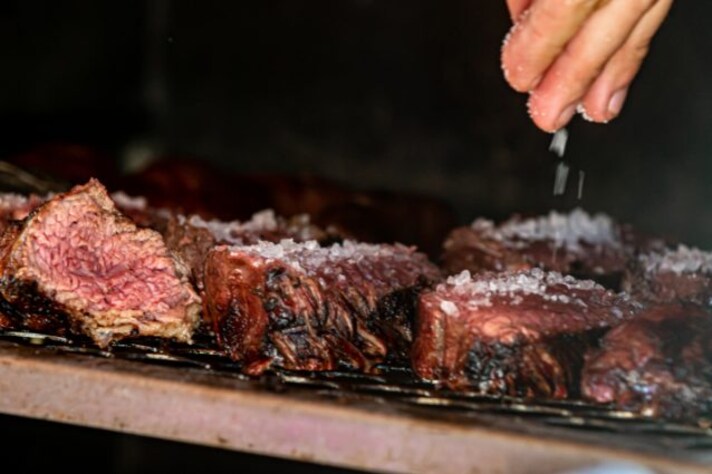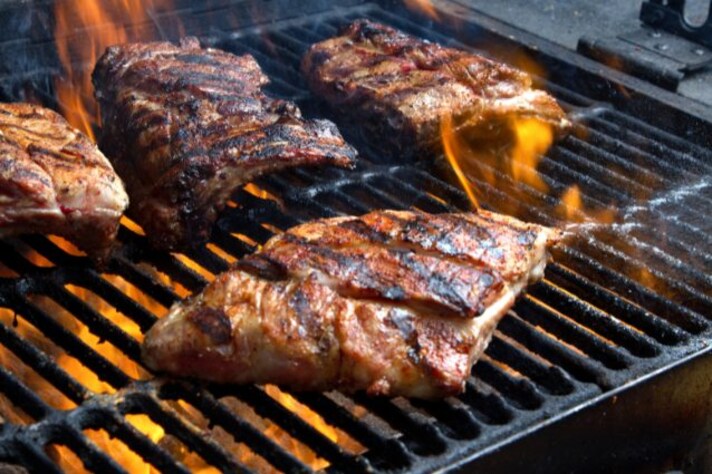
As May ushers in the season of barbecues, it's time to dust off our grills and don the apron for some memorable garden picnics and gatherings. And what could be better than a succulent, juicy piece of roasted meat to elevate these occasions? A key question often arises among barbecue enthusiasts: Should you roast meat with the fat side down or up? Here’s our take on why roasting with the fat side down might not be the best approach.
The Case for Fat Side Up
Roasting meat with the fat side up is more than a traditional method; it’s a technique grounded in culinary science. When you roast meat fat side up, the fat has the opportunity to render slowly, dripping down and basting the meat as it cooks. This natural basting helps keep the meat moist and adds a rich flavor that is hard to replicate any other way.

- Beef: For cuts like brisket or rib roast, positioning the fat on top allows it to render into the meat, tenderizing it and enhancing flavor as the fibers absorb the melting fat.
- Pork: Whether it’s pork belly or a shoulder roast, having the fat on top means as it renders, it soaks into the meat, maintaining moisture and ensuring a succulent bite.
- Lamb: Fatty cuts like lamb shoulder benefit immensely from this method, as the melting fat enriches the robust flavors typical of lamb, making each mouthful juicier.
The Downside of Fat Side Down
Roasting meat with the fat side down can result in several culinary missteps. Primarily, the fat, instead of basting the meat, melts away into the grill or pan, leaving the meat drier and less flavorful. This method can also cause flare-ups on a grill, as dripping fat ignites upon contacting the heat source, which can lead to uneven cooking and potentially burnt exteriors.

When Should Meat Be Cooked Fat Side Down?
There are a few scenarios where roasting meat fat side down could be beneficial. If you’re dealing with very thin cuts that cook quickly, such as skirt or flank steak, the fat side down can prevent excessive rendering and loss of flavorful juices. Additionally, when using a rotisserie setup where the meat is constantly turning, positioning the fat side down for part of the cooking can help in achieving an even crust without losing too much moisture.
;Resize,width=767;)
